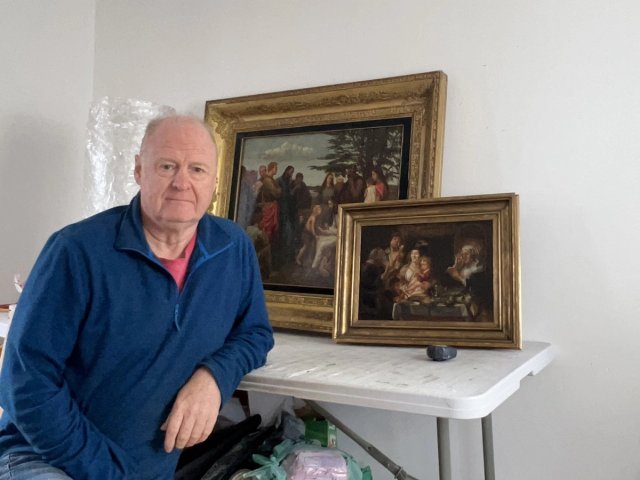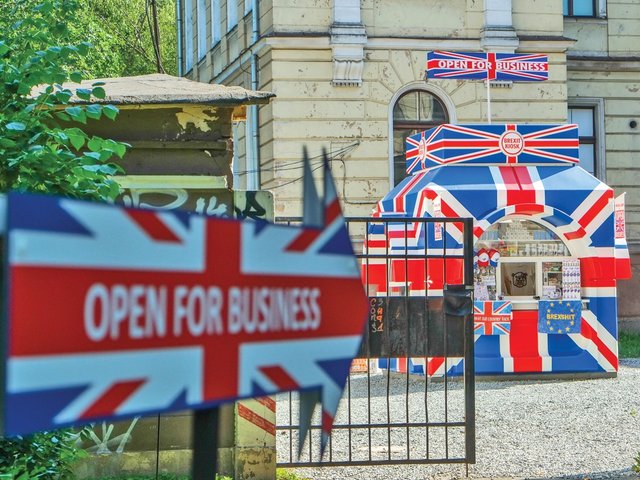We are almost a year into full-fat Brexit, and I have grim news from the art buying frontline. I appreciate that in the great scheme of things, a former art dealer’s struggles to import cheap old paintings into the UK are insignificant beside empty supermarket shelves and Nandos running out of chicken. But I feel compelled by my recent art shipping disasters to warn fellow collectors and dealers to avoid my mistakes. I’ve learned the hard way so you don’t have to.
First, with admittedly a degree of Remain nostalgia, let’s remember how it used to work. I could buy a painting in, say, Spain, and have it collected, packed and delivered via a courier like Fedex to my home in Scotland within a week. There were no customs checks, and no export or import duties. It was as challenging as a Jeff Koons multiple.
Now, however, a painting I bought in Spain in April is still at Barcelona airport. It turns out that Spanish customs levy a special export duty on antique cultural goods leaving the EU. The duty starts at 5% for paintings worth up to €6,000, and ramps up to 30% for anything above €600,000. There is no time limit for how long a work has to have been in Spain to qualify for the levy (in my case, a portrait by the British artist Allan Ramsay only imported into Spain in the 1990s). And Spanish customs are scrupulous when it comes to making sure all the paperwork is in order. The art in Spain, it seems, stays mainly off the plane.
If and when the painting makes it to the UK, an import duty of 5% will then apply. Even for parsimonious art buyers like me, this means paying at least 10% of a painting’s value just to have the right to move it between two countries. But if you try and ship your art as I do, via firms like Fedex, you’ll be charged—at least at first—the higher standard rate of UK import duty of 20%. For while antiques and art qualify for a reduced import duty of 5%, most couriers don’t have their systems set up to invoice for anything other than the standard 20% rate. In fact, UPS now says it won’t ship antiques at all. So remember to make time, probably a day in all, to patiently explain to over-worked call centre staff the mysteries of UK tariff codes (for paintings, 9701100000 is the one you want).
The UK customs check will add up to a week to your shipment—and perhaps worse. When the tracking information went mysteriously quiet for a painting I bought in Portugal, I received a cheery email from Fedex informing me that after customs checks at Stansted Airport “it appears the goods have been lost”. Fedex began a search but after a week I began to fear it had been stolen; after all, everything coming in from the EU now has to have its value declared. In desperation I took to Twitter to circulate a photo of the painting, a 17th-century portrait of a lady attributed to John Michael Wright. Two days later, the picture arrived.
But to be honest, I rather wish it had not. The portrait is not as beguiling as I’d hoped, and is more “Studio of Wright” than Wright himself. It has gone straight into what my wife calls “the Cupboard of Shame”. Actually, it used to be a cupboard; it’s now the Room of Shame.
So my first piece of post-Brexit art buying advice is: Bendor, buy more carefully. The second is, hire a professional art handling firm to take care of everything from start to finish. It will cost more and take longer. But that’s just Brexit.





